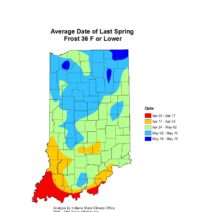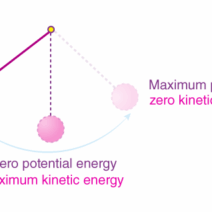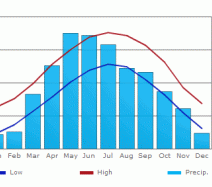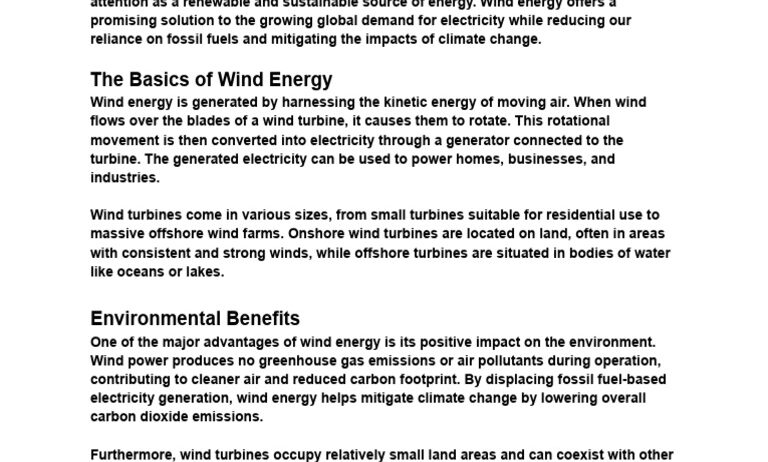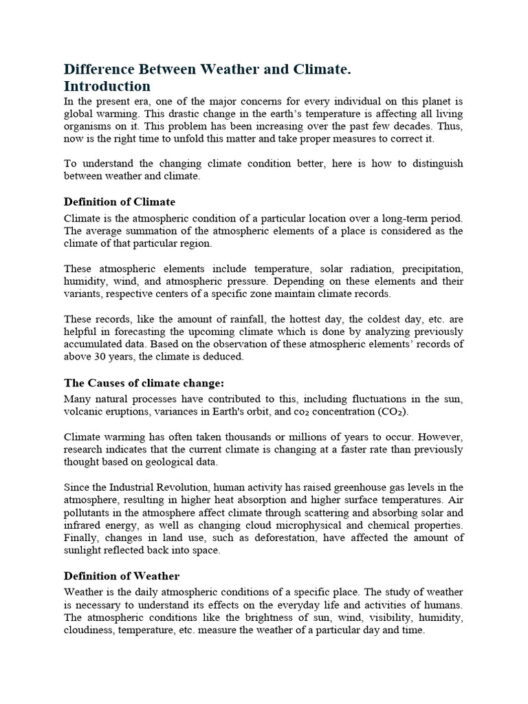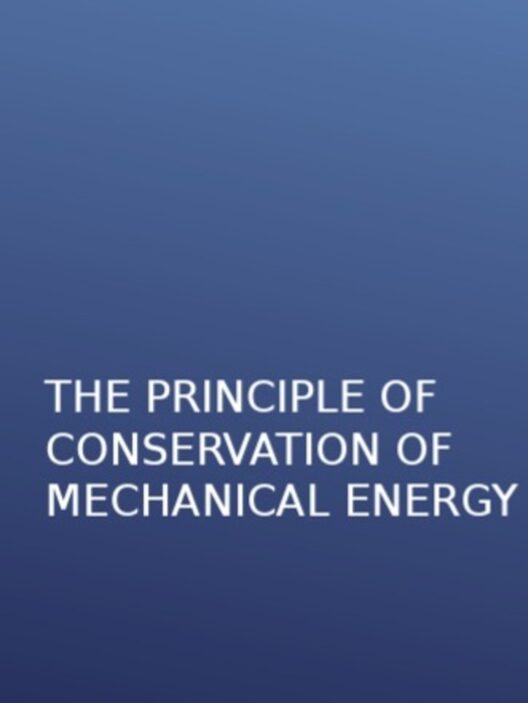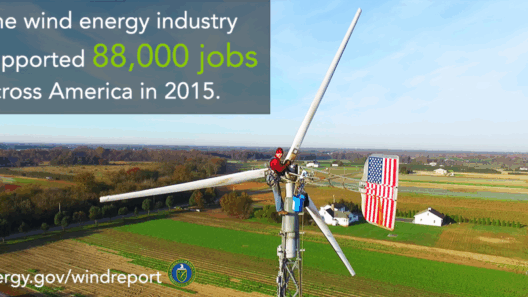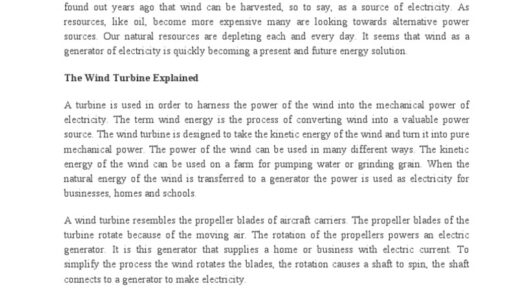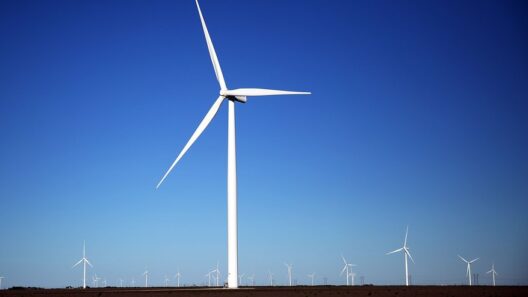How does a gust of wind turn into electricity? This intriguing question sets the stage for exploring the intricate mechanics behind wind farms, where nature meets technology to generate sustainable energy. With increasing emphasis on renewable energy sources, understanding the functionality of wind farms reveals critical insights into how we can harness naturally available resources to fulfill our energy requirements while minimizing our ecological footprint.
Wind energy stands as one of the fastest-growing segments of the renewable energy industry, and wind farms play a pivotal role in this paradigm shift. But what actually happens in these sprawling fields of turbines? Let’s delve deeper into the anatomy of wind energy production.
The Invitation of Wind: Understanding Wind Dynamics
Wind is the result of atmospheric pressure variations influenced by the sun’s uneven heating of the Earth’s surface. As warm air ascends, cooler air rushes in to fill the gap, creating wind currents. The amount of kinetic energy contained in these moving air masses is influenced by factors such as wind speed, air density, and the area through which the wind flows. This primeval energy can be transformed into mechanical energy, which is where the wind farm comes into play.
The relentless movement of the wind is not just a mere natural phenomenon; it represents an opportunity. In areas where wind speeds are consistently favorable, wind turbines are strategically erected to capture this energy. But it’s not just about erecting tall structures; it’s about deploying advanced technology to optimize energy extraction.
The Structure that Captures Energy: The Wind Turbine
At the heart of every wind farm lies a series of wind turbines, each designed to convert wind energy into electrical energy efficiently. Each turbine consists of three main components: the rotor blades, the nacelle, and the tower. Here’s a closer look at these vital parts.
Rotor Blades: The Kinetic Captors
Each turbine is equipped with usually three large, aerodynamic blades that rotate when wind flows over them. The design of these blades is crucial; they are crafted to harness the kinetic energy of the wind as it strikes the surface, much like an airplane wing. The angle and length of the blades determine how effectively they capture wind energy. Historically, as advancements in materials and aerodynamics have progressed, turbines have become more efficient.
Nacelle: The Engineering Marvel
Housed in the nacelle, which sits atop the tower, is the machinery that converts mechanical energy generated by the rotating blades into electrical energy. The nacelle contains a gearbox, generator, and other critical components including a controller and a braking system. The gearbox functions to increase the rotational speed of the blades so that the generator can produce electricity. This transformation is essential; without it, the slow rotation of the blades would yield insufficient electricity.
Tower: Reaching for the Skies
The tall structure that supports the nacelle and rotor blades is known as the tower. Typically made from steel or concrete, the height of the tower is crucial. Taller towers allow turbines to reach stronger wind currents found at higher elevations, enhancing the overall efficiency of energy production. The design and material of the tower are integral to withstand high wind pressures while maintaining stability.
How Energy is Delivered: The Power of Conversion
Once electricity is generated within the turbine, it must be transformed into a form usable for homes and businesses. This conversion generally takes place within substations located close to wind farms. The electricity produced is initially in the form of alternating current (AC); however, due to the variable nature of wind, it may also necessitate storage or further stabilization to ensure a steady supply.
Despite wind’s inherent variability, wind farms are designed to maximize output, often leveraging sophisticated algorithms and weather data analytics to predict wind patterns. The interconnection of multiple turbines within a wind farm contributes to a more steady energy flow, compensating for fluctuations in wind intensity.
Challenges Ahead: An Energy Transition Dilemma
Additionally, as societies strive to transition fully to renewable energy, the integration of large-scale wind farms into existing power grids requires significant infrastructural investment and technological advancements. Can we reconcile our pursuit of large-scale wind energy with the need to preserve biodiversity? It’s a question that needs thoughtful deliberation.
The Future of Wind Energy: A Sustainable Path Forward
With continued research and development, the future of wind energy appears robust and promising. Innovations like larger turbines, offshore wind farms, and energy storage technologies are set to enhance efficiency and mitigate the challenges currently faced. These advancements may pave the way for more sustainable energy solutions, reaffirming wind farms as a formidable contributor to the global energy landscape.
In conclusion, wind farms represent an ingenious blend of natural power and human ingenuity. Through understanding their mechanics, we can not only appreciate their role in our energy consumption but also engage in discussions about sustainable practices. Harnessing the power of wind might just be the key to unlocking a cleaner, greener future.
